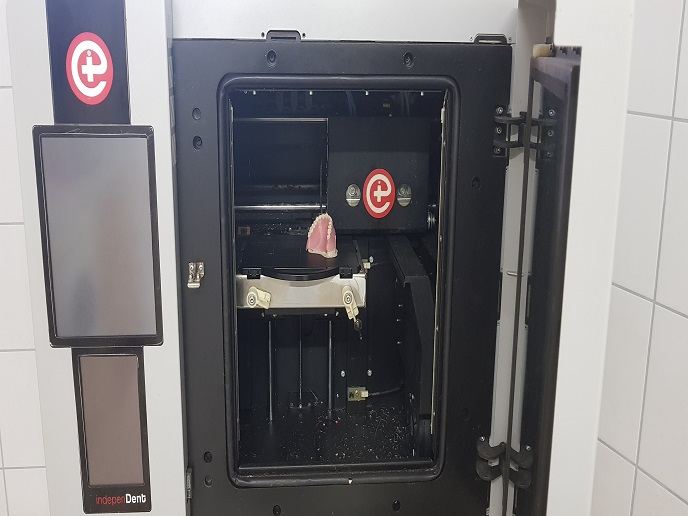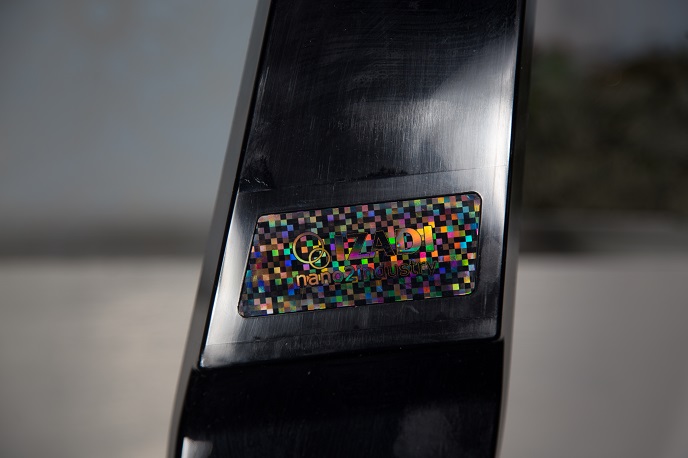Mimicking bird feathers to recreate nature’s luminous colours
Structural colours arise from the reflection of light from complex nanostructures. In nature, they can be found in bird feathers, plant fruits or beetle outer shells. These nanostructures often produce iridescent colourations where an object looks a different colour depending on the angle of observation. This is in contrast to chemical pigments producing colours that don’t change when viewed at different angles. With EU funding through a European Research Council (ERC) grant, the SeSaMe project has set out to fabricate and optically characterise photonic structures using only natural materials. “By studying natural architectures that produce structural colours, we have been able to understand their design and ‘mimic’ them in the lab,” says ERC grantee and principal investigator Silvia Vignolini. “At the same time, we answered fundamental questions about their biological significance and gained insight into some of the biological processes at work when such structures are generated.” “We contributed to knowledge, understanding how cellulose can be exploited as an optical material,” she continues. Vignolini states that the most important contribution scientists can provide to society is to develop and train PhDs and postdocs to think critically about, and solve, complex problems.
Understanding photonic structure formation in nature
SeSaMe’s interdisciplinary research activity has impacted various fields ranging from chemistry and soft matter physics to evolutionary biology. The scientists were able to understand how the natural nanostructure can produce a wide range of optical effects. Such work done on natural photonic colours also impacts industrial applications. Results in controlling the colour of bacterial colonies via genetics are now being exploited by Hoekmine, a biotech company based in the Netherlands. Thanks to SeSaMe, Vignolini has established herself as a leading expert in the field of biomimetics. In 2018 and 2019, she received several scientific merit awards for work done on bioinspired optical materials, contributions to materials science, cellulose and materials chemistry, and achievements in nanotechnology and nanoscience.
Novel strategies to improve performance of cellulose-based photonic materials
“We pioneered the use of cellulose to produce photonic structures as sustainable and biocompatible pigments,” says Vignolini. The research on cellulose self assembly in microfluidic droplets, patented and published in 2016, brought her team to the forefront of this field. “This work was highly influential, companies around the world as well as talented postdoctoral fellows who have joined my group are pursuing this activity and trying to exploit our new developed pigments in everyday products.” The latest work from SeSaMe is a robust and simple methodology to make coloured films out of a biocompatible and edible cellulose derivative that is usually exploited in whipped cream and ice cream as a food thickener. “We can use edible and biocompatible materials to make coloured films, which is an important step for the future development of colourants using sustainable materials,” explains Vignolini. “We desperately need more sustainable products that don’t harm the planet,” concludes Vignolini. “Nature designed and optimised these materials for specific functions, so if we find out what these are and how to fabricate them, we can exploit the materials for truly sustainable technology.” Finding new ways to exploit natural resources like polysaccharides in producing functional materials is key to future materials manufacturing.
Keywords
SeSaMe, materials, cellulose, photonic structures, photonic materials, pigment







